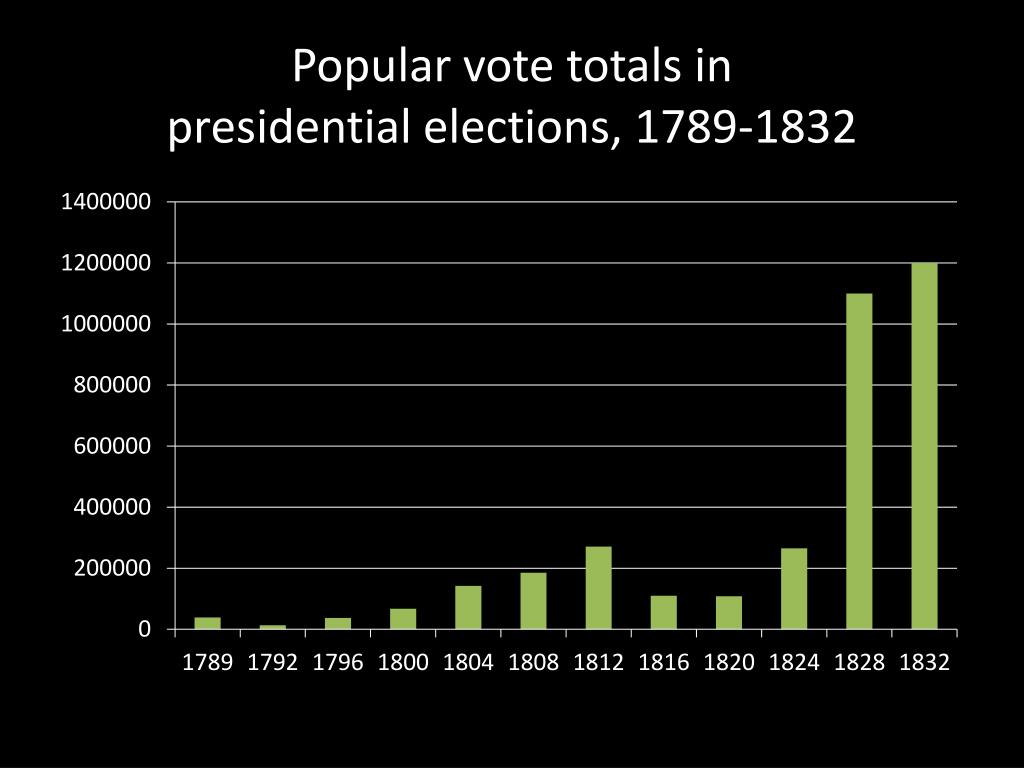
Winner and Vice President: Thomas Jefferson, Aaron Burrĭemocratic-Republican Candidates: Aaron Burr, Thomas Jeffersonįederalist Candidate: John Adams, Charles C. Winner and Vice President: John Adams, Thomas Jeffersonĭemocratic-Republican Candidate: Aaron Burr, Thomas Jeffersonįederalist Candidate: John Adams, Thomas Pinckney Election Year: 1800 Election Year: 1792ĭemocratic-Republican: Aaron Burr, George Clinton, Thomas Jeffersonįederalist Candidates: George Washington, John Adams Election Year: 1796 *Although theoretically John Adams could have won, everyone knew George Washington was the choice for president Adams was never expected to win the election. Winner and Vice President: George Washington, John AdamsĬandidates: George Washington, John Adams* Note: Election data is taken from the University of California, Santa Barbara American Presidency Project.
#2004 POPULAR VOTE TOTALS PDF#
Popular vote statistics are not available until the 1824 election.Ī PDF of the results is also available for download. As a result of the Election of 1800, the method of electing the vice president was changed with the Twelfth Amendment, and led to separate ballots cast for the president and vice president, with the winner in each race gaining the seat. Currently, a total of 270 electoral votes is required to win the presidency.īefore the 1804 election the first runner-up became vice president, as spelled out in the US Constitution.

Each state’s number of electors is based on its congressional delegation (one for each member in the House of Representatives and one for each member in the Senate). The Electoral College consists of 538 electors, who are representatives typically chosen by the candidate’s political party, though some state laws differ.


 0 kommentar(er)
0 kommentar(er)
